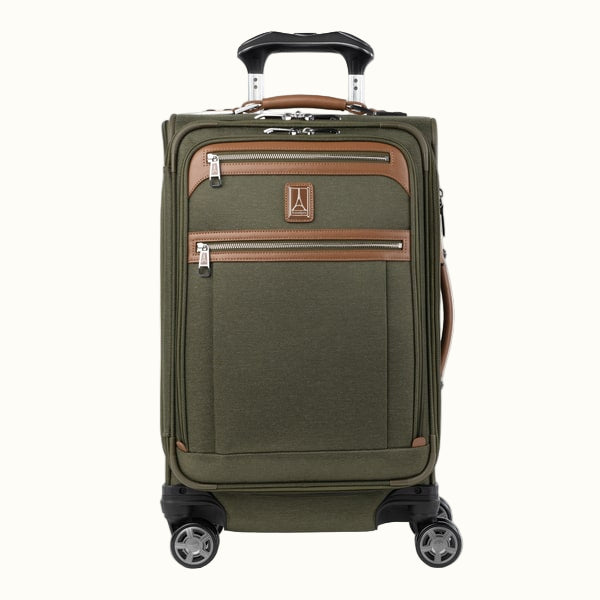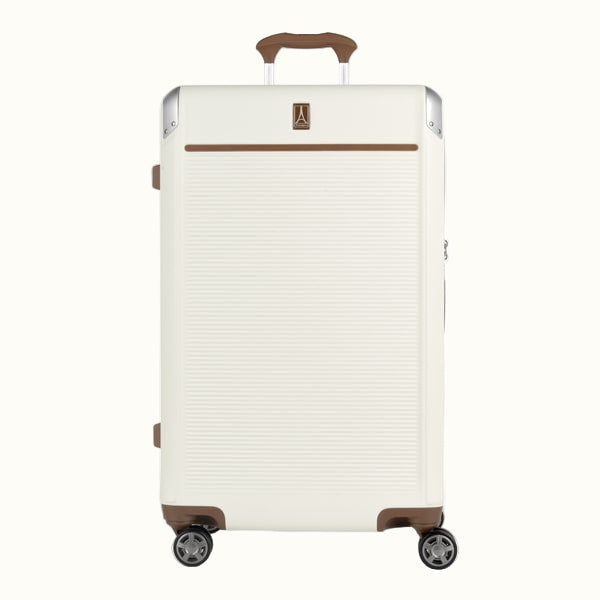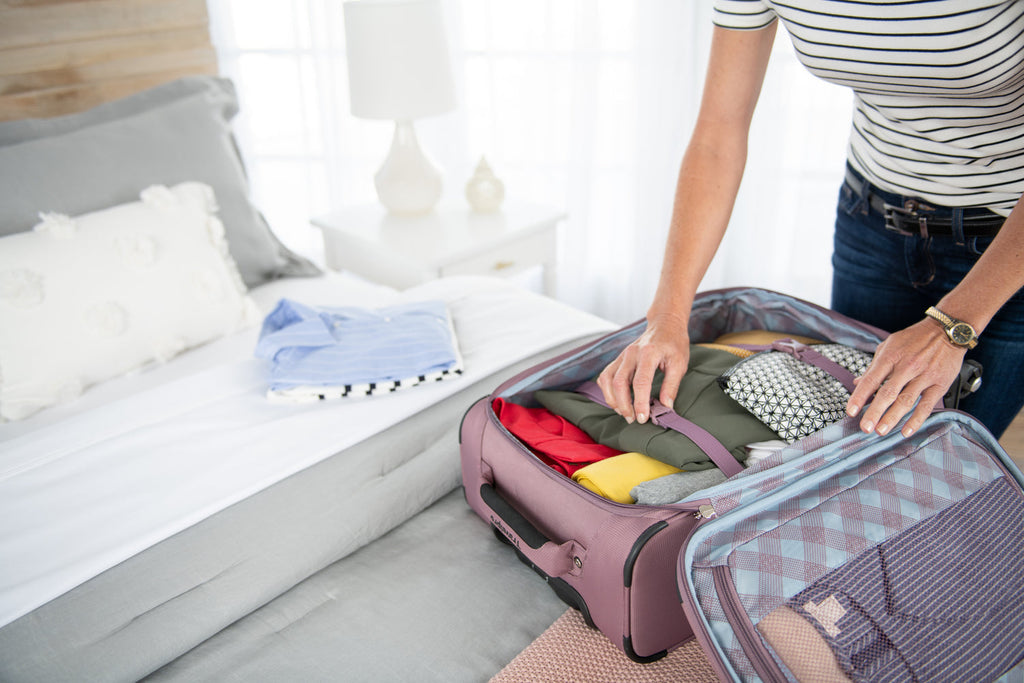By the end of even a small trip, luggage can get dirty. Soil, dust, and other environmental substances can leave unsightly stains and get inside the case. If you pack damp or dirty clothing, the interior of your bag can wind up smelling a little foisty, which needs to be addressed before you store it. Knowing how to clean a suitcase after that relaxing holiday or successful business trip helps preserve your luggage’s appearance.
Proactive Cleaning
The easiest mess to clean up is the one that never happened. Choose a suitcase designed to help you manage soiled or wet items. Many Travelpro luggage lines include either a waterproof wet pocket or apply an H2O Guard to the fabric of the interior lining to help prevent stains or smells that come with spills or wet garment storage.
If your suitcase doesn’t have this built-in protection, use plastic bags such as those provided at hotels for laundry service to separate your wet or dirty clothes from clean garments. Most suitcases have a mesh compartment in the interior lid or a zippered pocket on the exterior that can be used to store soiled garments.
Types of Luggage Fabrics
How you clean your suitcase depends on two things: the type of fabric used to make the suitcase and whether the luggage is hardshell or softsided. Some common luggage fabric types include nylon, ballistic nylon, cordura nylon, polyester, Oxford cloth, and leather.
Most fabrics can be cleaned in pretty much the same way, with the exception of leather. Still, it’s always wise to check how to clean specific fabrics, and to spot clean an inconspicuous part of the fabric first to make sure your cleaning agents don’t cause stains or discoloration.
Ingredients Needed to Clean Your Suitcase
To clean your suitcase you’ll need the following materials and cleaning agents:
- Rubbing alcohol
- Water
- Lemon juice (optional)
- A clean, soft cloth
How to Clean Inside Suitcases
When cleaning inside a suitcase, remove all zip-in storage cubes, laundry bags, and similar packing accessories. Depending on the manufacturer’s instructions, you may be able to machine wash these or hand wash them using warm water and non-detergent soap.
Take the suitcase outside, open all the zippers, and give the luggage a good shake to dislodge larger debris. Next, use a vacuum with an edge nozzle inside the suitcase, paying extra attention to corners and crevices.
Mix together a 50/50 solution of rubbing alcohol and water. You can add a little lemon juice to improve the smell if you wish. Apply the mixture to a soft cloth, and gently rub the soiled area until the spot is no longer visible. Let the suitcase air dry thoroughly, then bag and store it in a cool, dry place. Don’t forget to clean the suitcase exterior as well. Read more on how to care for your luggage and tips on cleaning theoutside of your luggage as proper care can vary depending on whether you own a softshell or hardshell suitcase.
If you detect any damage while cleaning your suitcase, check to see if the manufacturer’s warranty covers it. For future trips, you can keep your suitcase clean and organized withtravel accessories like packing cubes and waterproof pouches.





